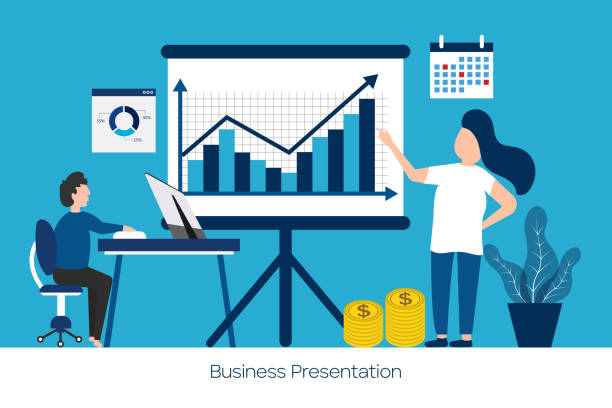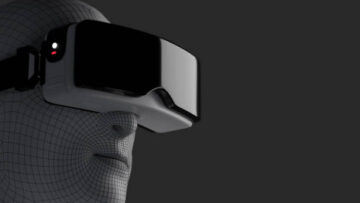Gartner’s list includes “people-centric technologies” and “smart spaces” in its most comprehensive list of trends that CIOs, and other senior executives, should pay attention to this year. Here’s a look at what 2020 will bring.
Gartner publishes a comprehensive list of trends that CIOs, senior executives, and other professionals should pay attention to every year. Gartner Vice President Brian Burke presented this year’s Top 10 Strategic Technology Trends for 2020. The trends were grouped into “people-centric ideas” and “smart space” as a departure from “Intelligent Digital Mesh,” the rubric that the firm used in the past few years.
This year’s list is divided into two categories.
Hyperautomation
Automating everything that can be automated is the first step. Burke stated that most organizations automate simple tasks today, but we are moving towards process automation and eventually will end up with “DigitalOps,” where an entire organization will be automated. He also talked about creating a “digital-twin” organization that includes its operations model, business processes model, and operational Intelligence.
Multi-Experience
This phrase was part of the keynote at the conference and describes the shift to a multimodal interface, including voice, eye-tracking, motion control, etc.
Gartner estimates that at least one-third of enterprises will deploy a multi-experience platform by 2021 to support mobile develo, web, and conversational augmented-reality development. He also spoke about immersive environments for field service, retail training, and design. Burke added that this also includes apps for various devices, such as smart speakers and cars. The new technologies will help to support this, but ultimately the goal is a “consistent ambiance experience over time.”
Democratization
The focus of the presentation was on the democratization and accessibility of AI.
Burke stated that this was about “empowering everything” from RPA to “citizen science” by using tools to gain access to data and “citizen dev” using low-code development tools. He predicted we would see a “virtual assistant,” which would help employees do their jobs more efficiently, predictive analytics (such as salespeople finding the highest-value leads), and increased automation of processes and applications. There are still challenges, such as Shadow AI, insufficient data, and a shortage of developers.
Gartner predicts that by 2022, 30 percent of organizations using AI to make decisions will deal with shadow IT, which is the most significant risk for effective and ethical decision-making.
Human Augmentation
Burke stated that this trend encompasses physical augmentation – from prosthetics to AR glasses and RFID tags embedded within people. This includes cognitive augmentation. Machine learning can be used to train people or do some tasks, but a person must make the final decisions. It will eventually help us do things we couldn’t do otherwise. He noted that talking about what to do and not to do can be a difficult ethical issue.
Gartner predicts by 2025, 40% of enterprises will adopt human augmentation technologies to augment their workforces.
Transparency, Traceability, and Accountability
Burke stated a lack of trust in technology within our organizations and society. When AI is employed, explaining why a loan has been denied may be difficult. The omnipresent IOT, fake reviews and news, and algorithmic biased are all issues.
He discussed six pillars to deal with it: Integrity and ethics, transparency, accountability, competency, and consistency. It has a lot of implications for IT in areas like validating code.
Gartner predicts that by 2023, over 75 percent of large organizations will hire artificial intelligence specialists in privacy, customer trust, and behavior forensics to reduce brand and reputation risks.
Empowered Edge
Burke stated that we are witnessing a shift in computing power towards “edge devices,” which allows us to reduce latency on these devices and provide autonomy. This is driven by various technologies, including neural networks on chips, 5G, and low-earth orbit satellites. We will also move from hierarchical architectures to “mesh or fog” ones.
Distributed Cloud
Burke stated that physical location is more important because of concerns about latency and regulations. We will therefore see a greater push toward the distributed cloud. He stated that the current push towards “hybrid clouds” will set the stage but that “true privacy cloud is difficult to achieve.” He believes we will instead move from a private cloud architecture to a cloud service architecture with services sometimes residing in our data centers to address issues such as low latency and data residency.
Gartner estimates that the majmostplatforms will offer services at the point of need by 2024.
Autonomous Things
Burke stated that more and more things are becoming self-driven, including robots, drones, and aircraft. For this to work, devices must have “perception” and “interaction” to understand their environment. In time, these devices will be able to work and collaborate. For example, autonomous drone swarms are used by the military. We must improve our technological capabilities in computer vision, robot fleet management, and other areas. But we also need to change the way society perceives such devices.
He said autonomous devices make sense today in a controlled setting, but regulations and social acceptance will decide how they can be deployed in public settings.
Gartner estimates that 12 percent of new vehicles produced by 2025 will be equipped with Level 3 or greater autonomous driving hardware. I thought it was interesting to see that the level of autonomy is not level 4, which allows for self-driving most of the time, but level 3, in which a driver must constantly monitor what’s happening.




